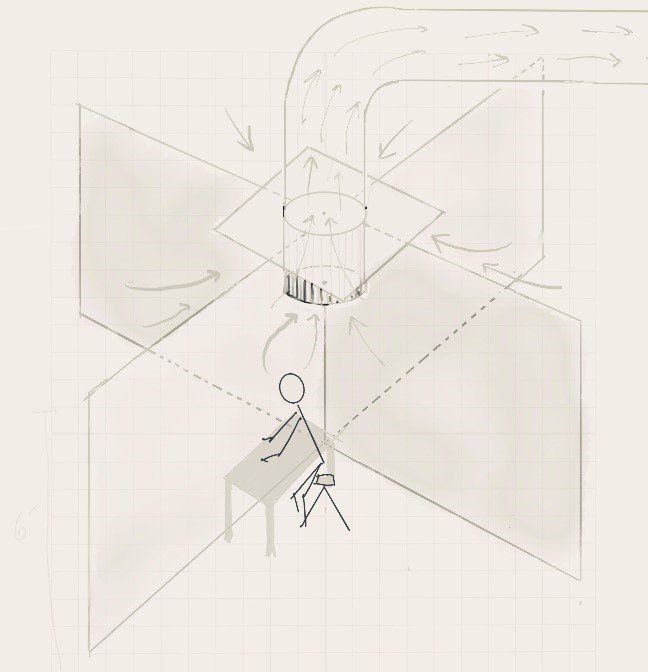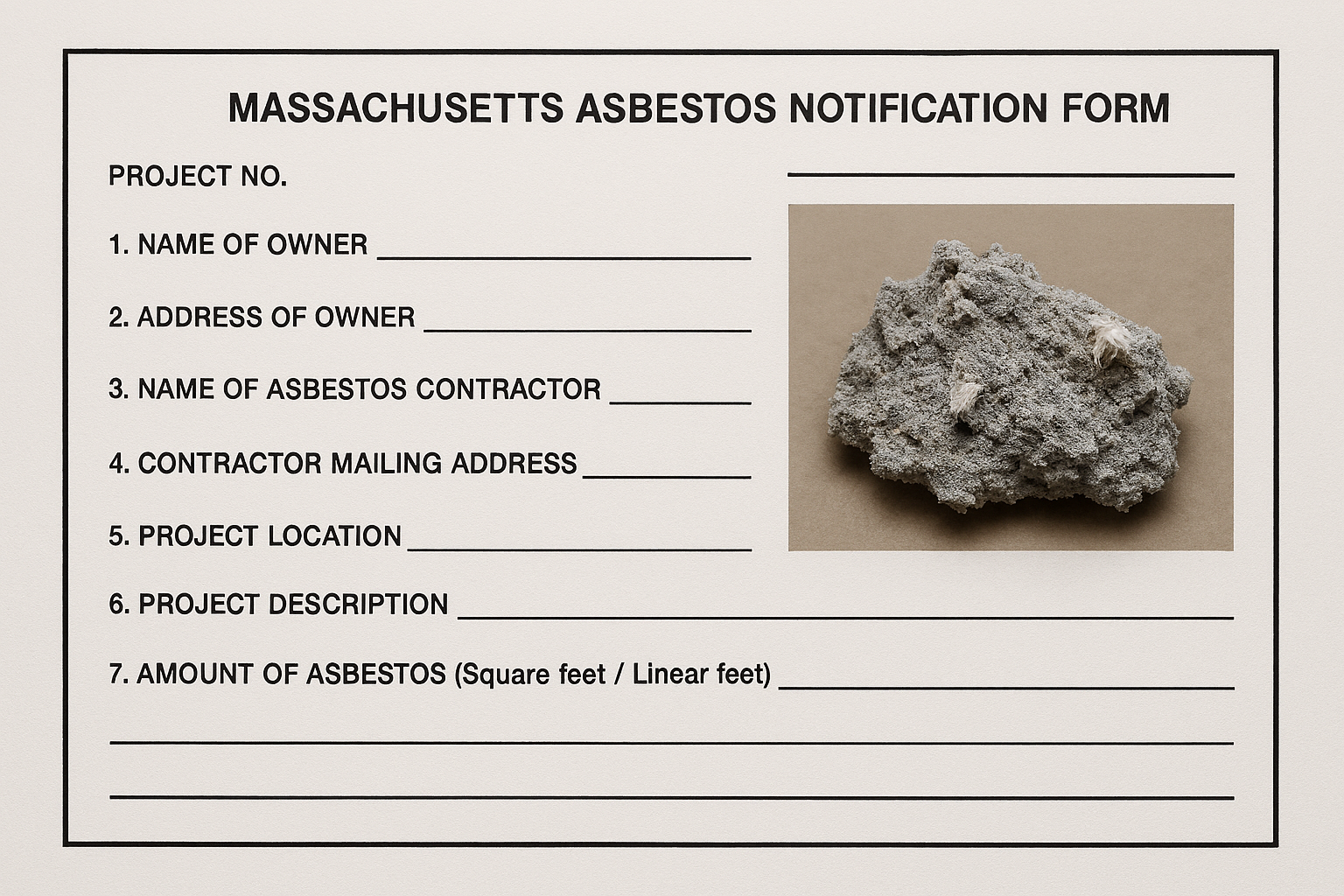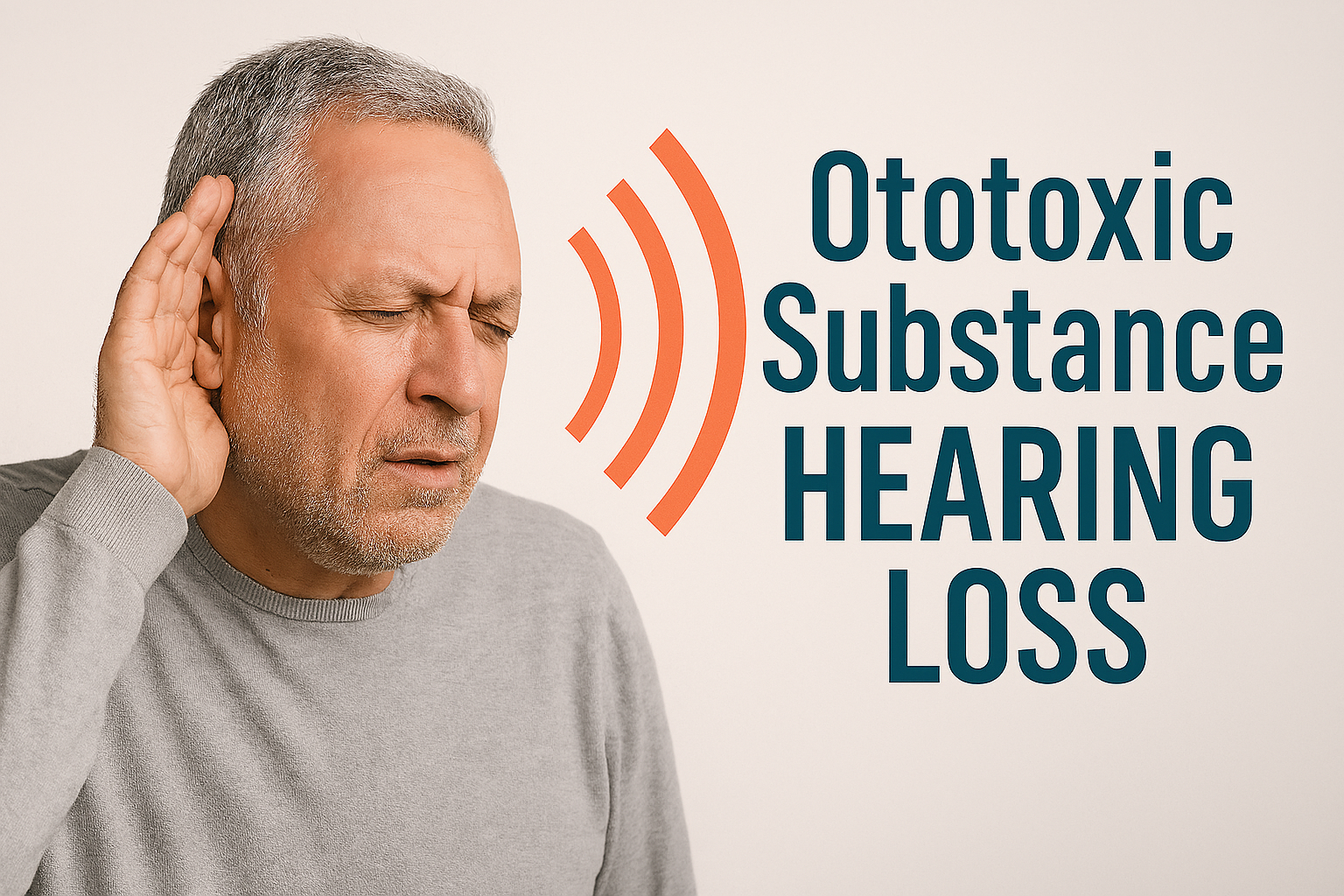People are concerned about returning to work in an environment that may expose them to the Coronavirus. To minimize their concern, companies are considering a variety of changes that will potentially reduce the spread of the virus. Inhalation of droplets from coughing or sneezing is thought to be the major route of exposure. Social distancing can alleviate the exposure to large droplets (>5 microns) and the inhalation of those large droplets. Cloth masks and surgical masks provide limited if any protection.
Droplet nuclei (very small particles, mostly <2 microns) may be more difficult to control due to their small size and ability to follow room air currents and to remain suspended in air for long periods of time. Aside from properly fitted respirators and NIOSH Certified N95 filtering facepiece respirators there appears to be very little benefit from the use of cloth or surgical masks.





